








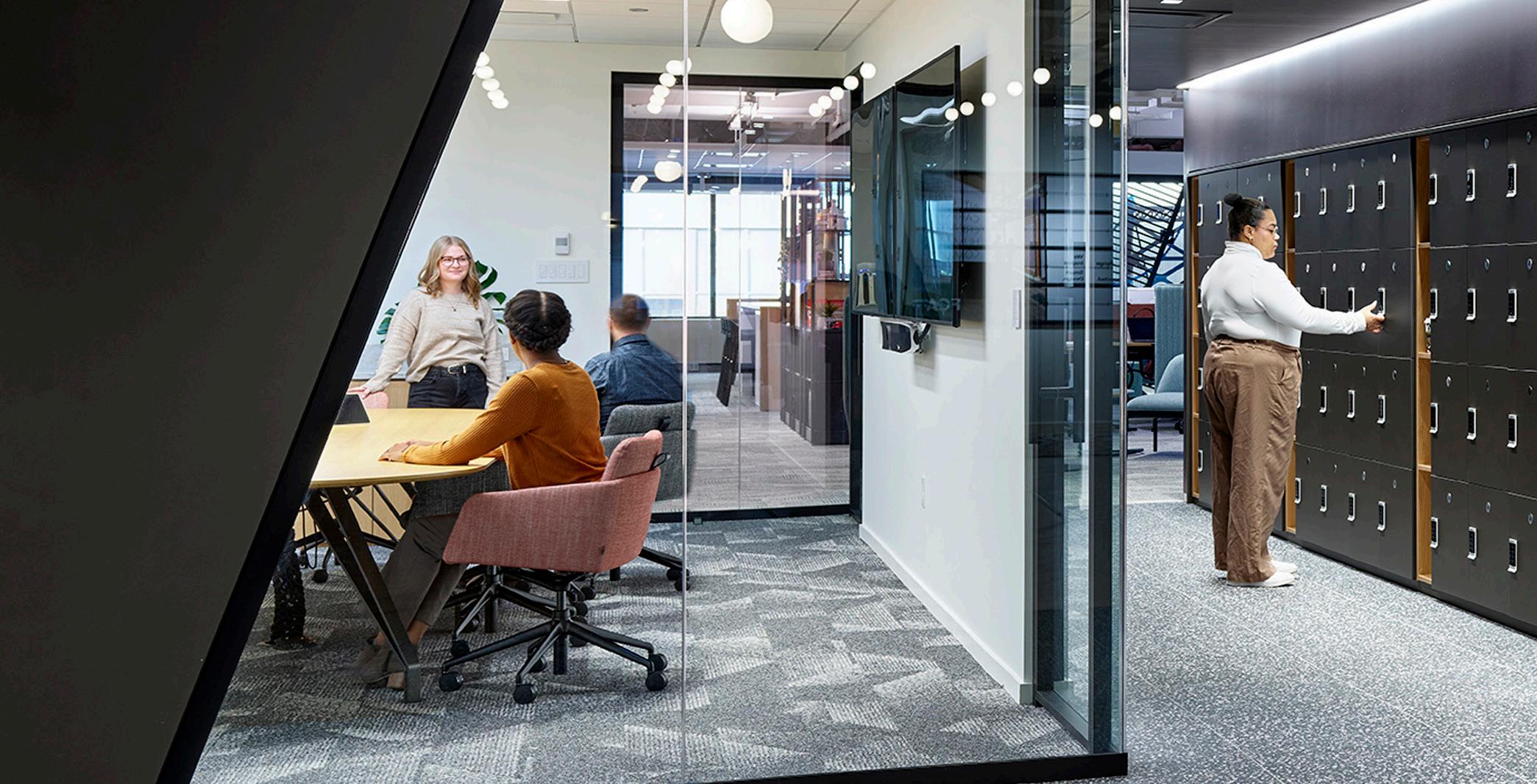
The world is a far different place than it was just 5 years ago. The onset of COVID and the witnessing of relentless environmental disasters have combined to create a new era of awareness regarding the vulnerability of the human species and the eco-systems upon which we depend.
It also signals a new era of responsibility for architects and designers. The credo of Health, Safety and Welfare has never been more relevant and important as it is today. This plan reflects the context of our time and the state of the art in the AEC industry. It is intended to elevate FCA to a new level of environmental responsibility.
FCA expressed its commitment to sustainability by joining hundreds of other design firms by signing the AIA 2030 Climate Commitment. The commitment includes two major requirements:
» Regular reporting on the energy efficiency of our large projects to the AIA 2030 DDx.
» The creation of a Sustainability Action Plan (SAP).
The SAP is a road map towards meeting an ambitious set of sustainability goals as organized by the AIA Framework for Design Excellence. FCA has taken the bold step to envision a time when the 2030DDx will provide a platform for goal setting and reporting all ten Framework principles.
The development process of this plan included the engagement of the entire firm in an open dialogue. Employees and at all levels helped to shape the plan through a variety of collaborative experience, meetings and open comment periods.
To assist in the development and implementation plan, FCA took the following definitive steps:
» Hired a Director of Sustainability.
» Established a Sustainability Steering Committee.
» Conducted a firm wide training in the foundations of sustainable design.
» Developed a robust, holistic educational program focused first on the mindset shift towards sustainable thinking and second on the knowledge based required to deliver sustainability across all projects.
» Developed and tested a nononsense, straightforward way to integrate sustainability into large projects.
» Designed and built a new headquarters that features LEED and WELL pending certifications.
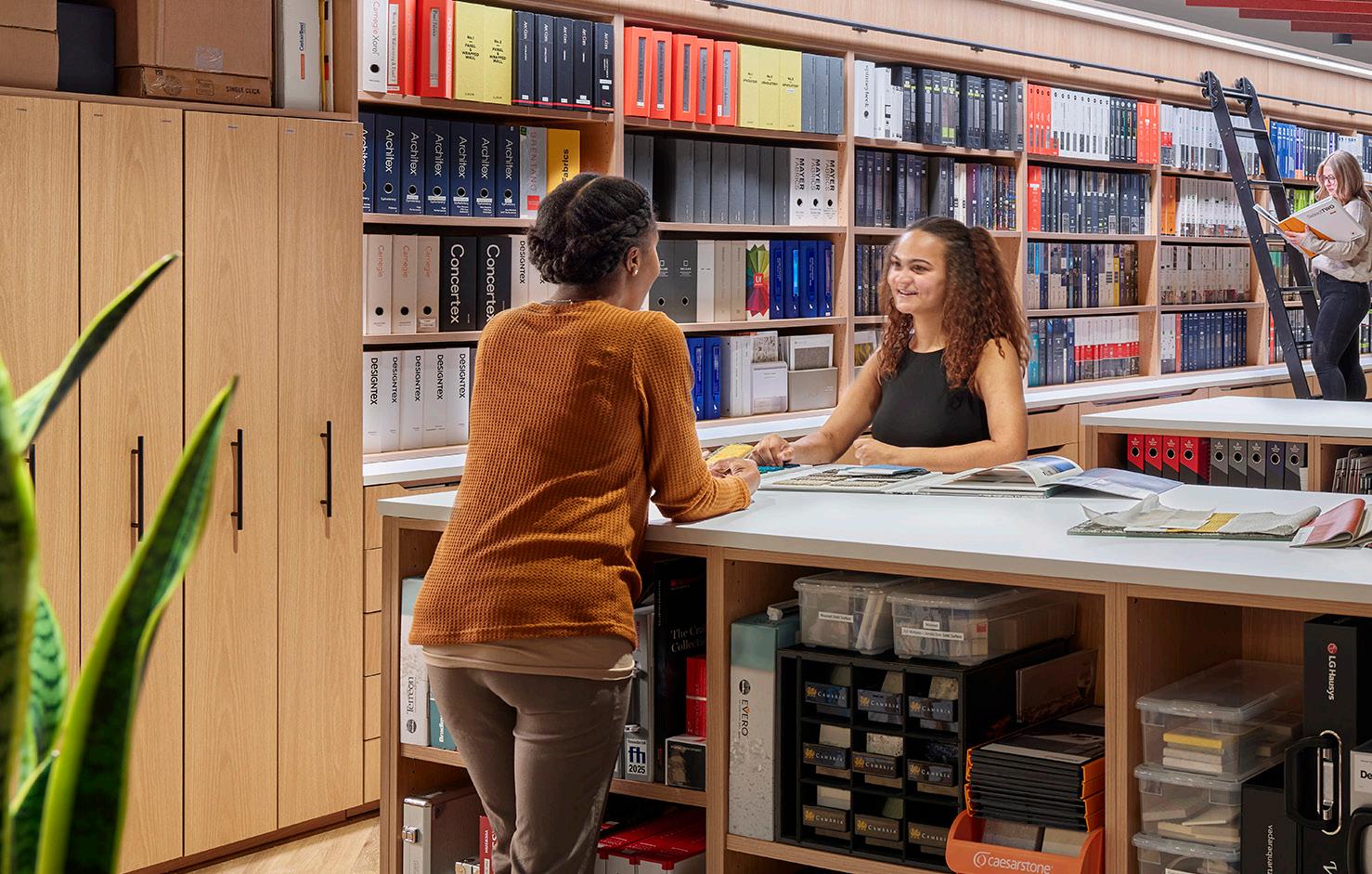
In the plan we set the stage for the end to the age-old distinction between mainstream design and sustainable design. Historically these have been kept separate with sustainable design often associated with third party rating systems like LEED or Well. This schism has been quite damaging to the overall sustainability movement and to the larger natural environment. The FCA SAP seeks to transcend this situation by adopting an intentional, holistic, integrated, and long-term sustainability approach that features:
» Meeting our clients where they are on their sustainability journey.
» Setting, reporting, and meeting our own sustainable design goals and targets.
» Integrating our sustainable design processes early and often into the firm’s standard design processes and evolving the firm’s standard practices to engage sustainability on a consistent basis.
» Developing a new “first party” system with organized selfreporting on all large projects shared via a public dashboard.
FCA has made significant strides in sustainable design through the completion of our office renovation by:
» Reducing energy use by an estimated 50% through a strategic decision to reduce the size of the firm’s office space.
» Instituted a work from home policy, which eliminates thousands of commutes per year.
» Upcycled and recycled used furniture and unused products committed to achieving LEED Gold for Interiors and Well Building certifications.
» Created a unique and beautiful interior design that will hold its intrinsic aesthetic value much longer than a more traditional design, thereby reducing the need for costly renovations.
The formal adoption of a Sustainability Action Plan is just the latest step in the proud legacy of the firm which has a proven
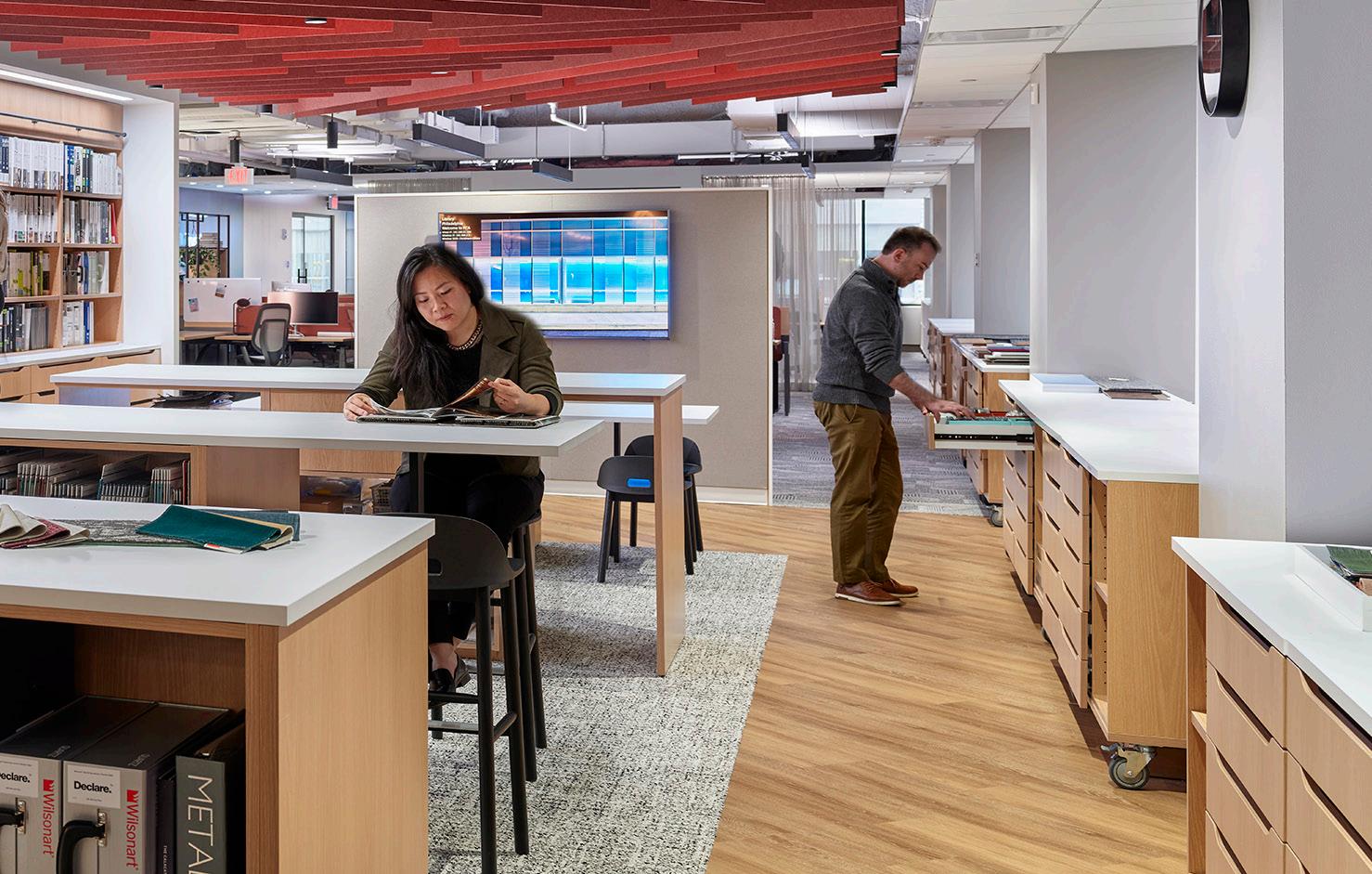
track record of civic engagement, industry leadership, and volunteerism. There are considerable benefits to pursuing sustainability as listed below:
» Our clients will see us as civic leaders and innovative designers.
» Our junior staff will see a career path at FCA that aligns with their values and leads to higher levels of employee satisfaction.
» FCA will increase its probability of hiring the best and brightest talent.
» Our growth in sustainability will organically accelerate the leadership skills of current and future FCA leaders.
Competition for new work is fierce. FCA will use its newfound strength in sustainable design to:
» Gain a competitive advantage by differentiating ourselves from the pack with a clear and compelling sustainability story.
» Gain new clients who are interested in sustainable design and who see us as a knowledgeable and trusted partner.
» Build new strategic partnerships with like-minded construction, manufacturing, academic research centers and consulting firms to co-create the FCA Sustainability Platform
and solidify FCA as a regional and eventually a national leader in sustainable design.
To be sure, FCA’s Sustainability Action Plan is ambitious. It will take 6 years of continuous education, innovation and culture change to reach the goals set forth in the plan by 2030. The normal day-to-day pressure to produce projects that meet the budget and schedule is already a difficult challenge. But, with more intentionality, purpose, and imagination, we will make the shift towards integrating sustainability into the firm culture. It will not happen overnight, but it will happen.
Sincerely,
The FCA Sustainability Steering Committee
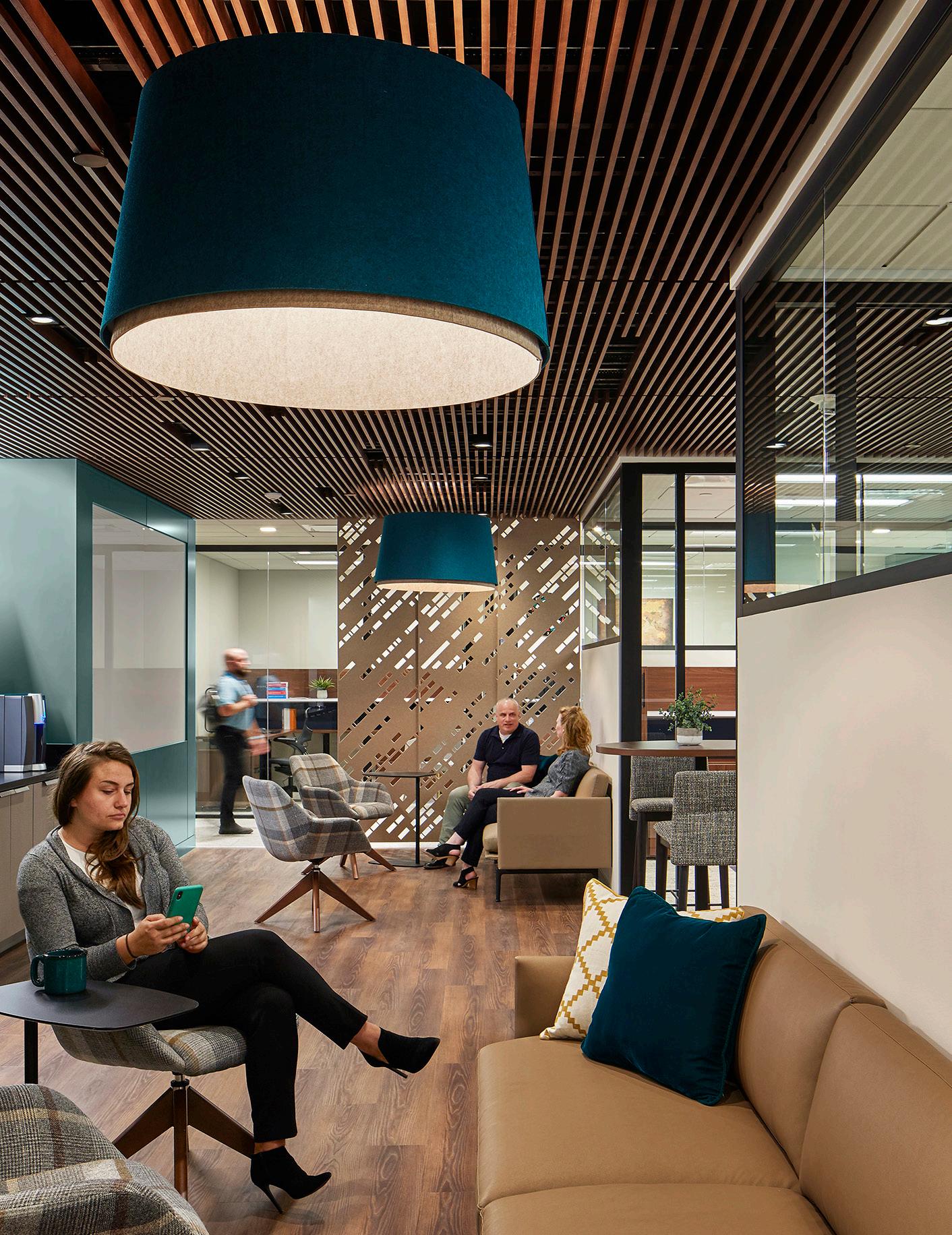

It’s a rare occurrence indeed when a firm develops a multi-year strategic plan for any purpose, let alone sustainability. The purpose of this document is to:
» Provide a road map towards the integration of sustainability into the DNA of the firm.
» Provide a high-level framework to organize the sustainability efforts of the firm.
» Define key concepts and metrics as they relate to sustainability.
Regardless of our individual beliefs about climate change and our political stance on climate actions, there is one thing we can agree upon: Our credo as designers and architects falls under the banner of health, safety, and welfare. Whether that means we take actions to mitigate the rate of climate change, or increase our efforts pursue resilient design strategies, or focus on health and well-being of our end-users, the role of the designer is clear:
“We have the professional responsibility to act.”
During the time that this plan was written, the world witnessed the following environmental events: unprecedented flooding in Vermont, record heat waves in the south and southwest, forest fires and toxic plumes in Canada, a horrifying fire in Maui, and yet another hurricane in Florida. 2023 was the hottest year on record and 2024 is already on pace to be even hotter.
Whether we see these climatic events as part of a natural pattern or because of unprecedented emission of greenhouse gases, the negative impacts including loss of life, damage to property and economic hardship are very real, indeed.
Acting on these issues illustrates FCA’s commitment to leadership and sends an important message to:
» Our clients, who look to us as the keepers of knowledge and expertise to assist them in their efforts to pursue sustainability.
» Our partners and consultants who look to us to guide the overall sustainable design process.
» Our employees who are looking to be part of an organization that takes sustainability seriously as they seek a career with meaning and impact.
This Sustainability Action Plan is the first step in FCA’s journey towards fulfilling its role as a leader in protecting the public and improving the quality of life for all.


At its core, a Sustainability Action Plan is a statement of a company’s approach to sustainable design. According to the American Institute of Architects a Sustainability Action Plan is:
1. An actionable, companywide strategy for developing sustainable design best practices.
2. A measurement framework with a continual focus on evaluation, adaptation, and improvement.
3. A long-term planning tool to ensure ongoing alignment of values, goals, and practice.
4. An information-sharing platform that communicates your values to clients and peers.
5. A shared understanding among staff of how the company achieves consistently higher levels of performance and aligns consultants with its goals.
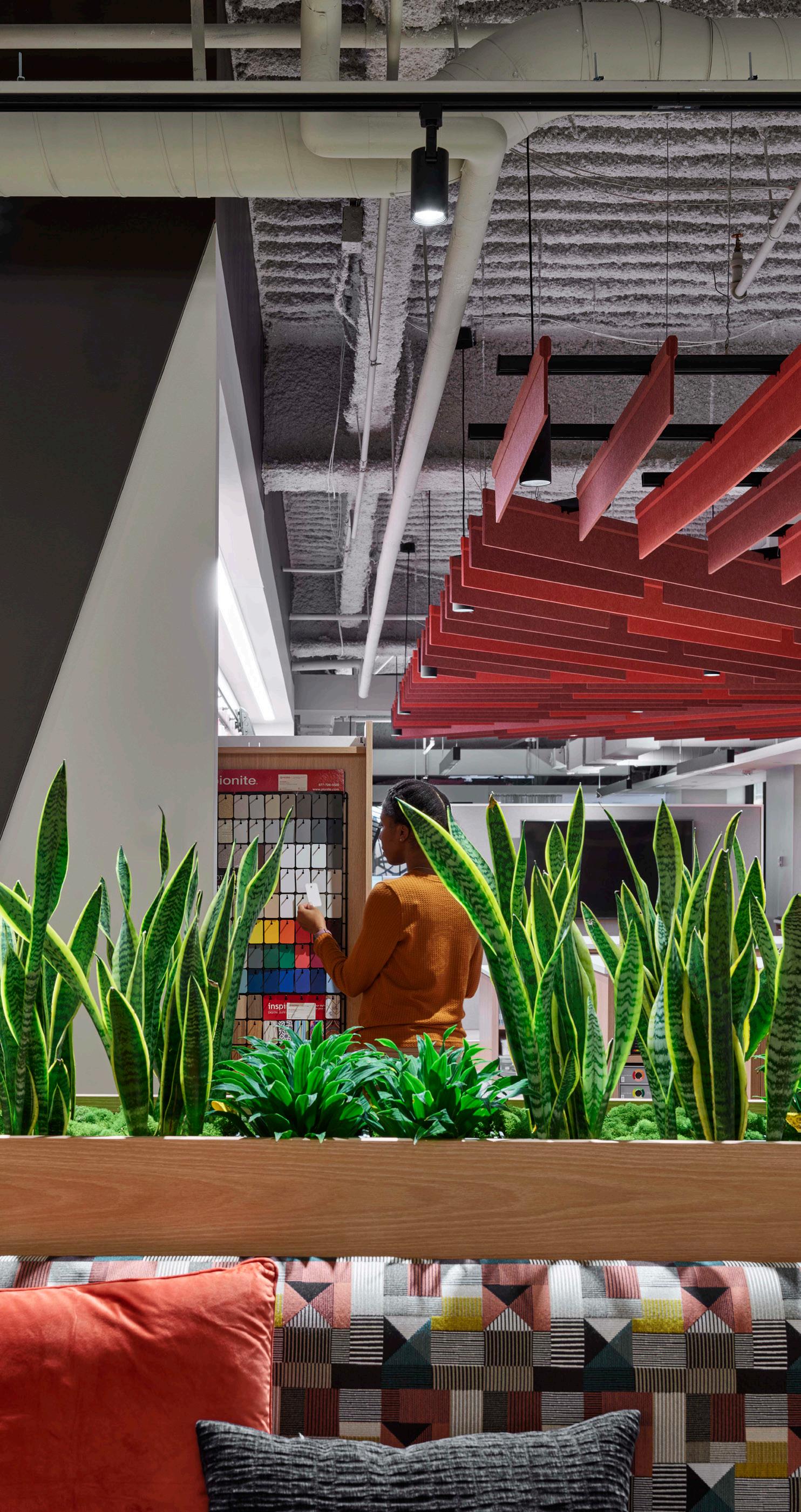
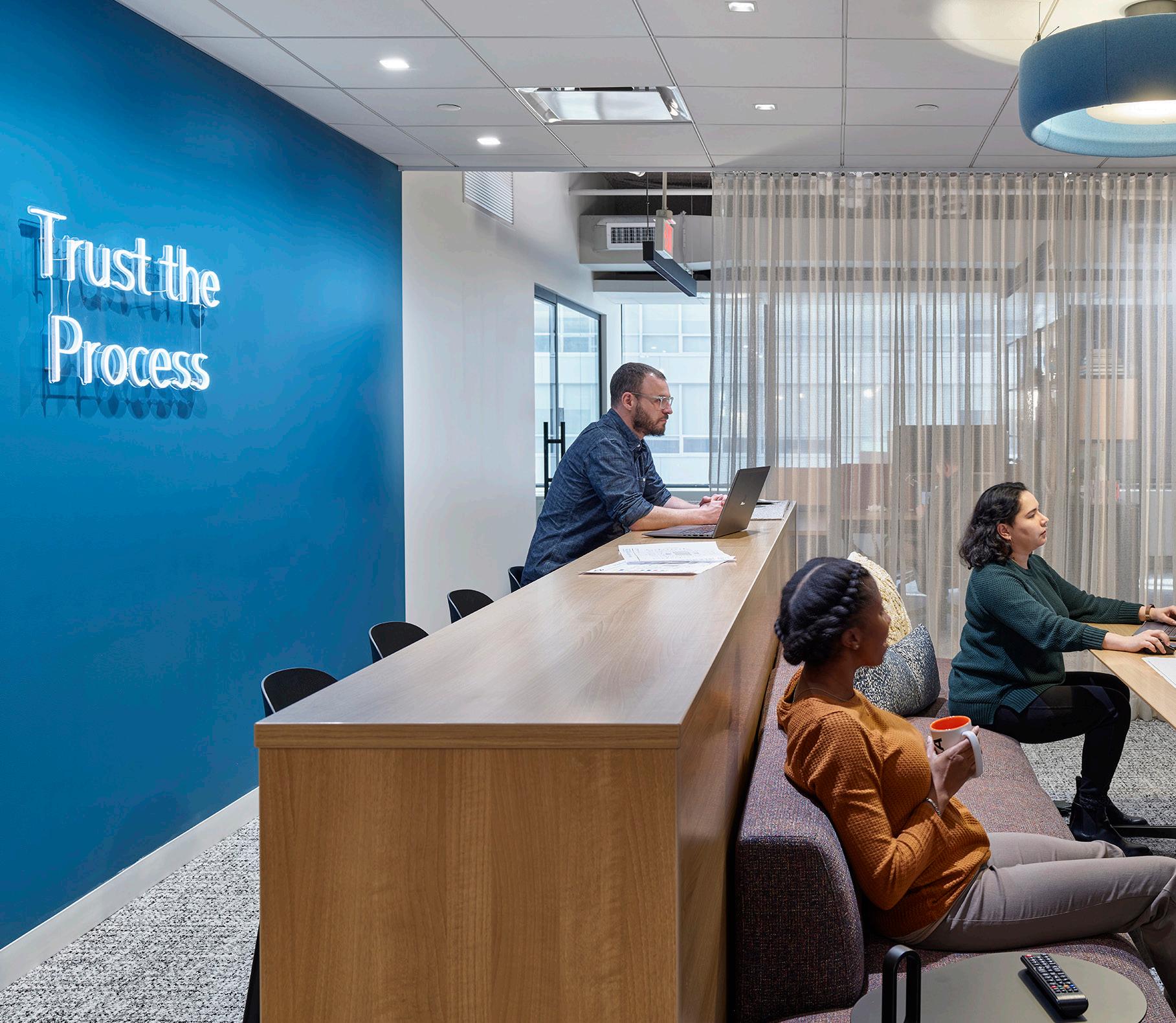
Many people see sustainability as an “extra objective” to be integrated into an existing design process. It’s quite typical to hear the following phrase:
“Sustainable design is just part of good design”
If that were true, then we have a lot of bad design occurring. In fact, sustainability
is often non-existent, or given short shrift on many traditional mainstream design projects. Here is a corollary but challenging quote:
The difference between these two quotes underscores the challenge we face in the establishment of a sustainability culture at this firm.
“Good design is an integral part of sustainability.”

Furthermore, one of the mandates from the firm leadership for this initiative is to weave sustainability into the fabric of the firm.
Since its inception in 1954 FCA has considered itself a partner to its clients and has put the societal role of their projects at the center of FCA’s mission. This Sustainability Action Plan is a important next step, and
it will require a high level of intentionality, self-awareness, and vulnerability. In this section the steps towards culture change are briefly outlined. In short, this initiative, if successful, will transform the firm.
“Our firm must now transition to a more targeted approach that begins at project inception and leverages an Integrated Framework for Sustainable design process, similar to the AIA Framework for Design Excellence, that outlines the 10 Measures for Sustainability success. Our clients will be able to adjust improvement percentages for the project across each of the 10 goals.”
- Catherine Gow Principal
It is worth saying that the cultural changes at FCA will take some time and patience. Big changes should not happen all at once. By taking small, reasonable steps we give people time to adjust reinforced with easy early successes. By 2030, we plan to see the concept of sustainability as an organic part of the DNA of the firm. The pathway may encounter starts, stops, and plateaus along the way but the overall trajectory will continue to move closer towards the goal of sustainability being completely integrated into the work of the firm.

For the culture to change, FCA will need to dedicate efforts towards inclusivity. The SAP has been co-created by everyone in the firm, and lead by a cross section of employees with different roles and levels of seniority; so that there is a sense of agency and ownership of the plan.
» Interns and staff designers are empowered and encouraged to provide insights and innovations that will alleviate pinch points throughout the design process.
» Mid-level managers and project architects will lead the strategic integration of sustainability goals into every project.
» Principals will support the overall integration and will increasingly provide sustainability leadership throughout the project process.
» The Sustainability Steering Committee includes a wide variety of people from entry level and mid-level team members, senior leadership, different practice areas, and representation from the EDI Committee.
» The marketing team has been included in the process since the beginning and is trained to handle the Philadelphia and Pennsylvania AIA Design Awards Sustainability Spreadsheet.
» The Sustainability Director will guide the overall effort towards a shift in FCA culture.
Our sustainability goals will be influenced by our partners to increase the likelihood of adoption across disciplines.
FCA will continue to test the SAP on large projects and consistently consider how the plan is working, and how it can be improved. Challenges that emerge can serve as a catalyst for more innovation. The SAP is designed to evolve as better data, tools, practices and thinking evolves.
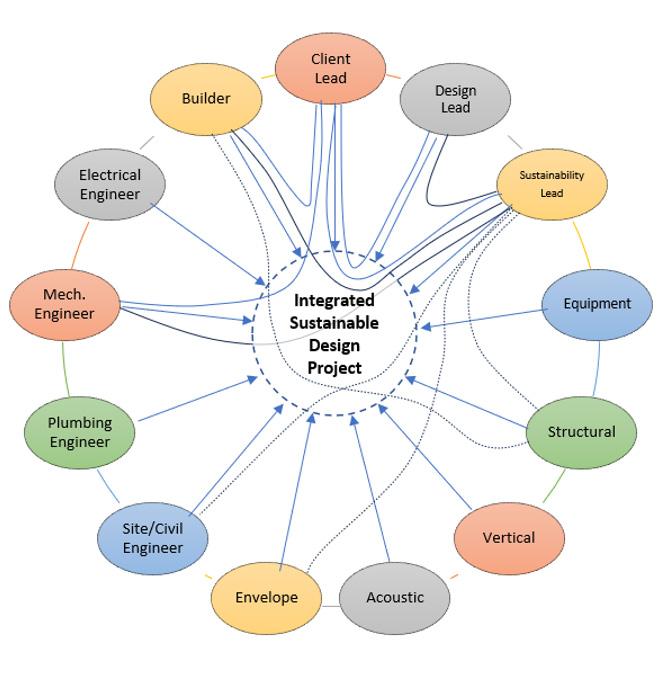
Completing a building, from design through construction, is no easy feat. Treating sustainability as an extra add-on increases tension and adds to the challenge. This is where the cultural changes that come with sustainability hit the reality of design practice. Early integration is critical to achieving higher levels of sustainability. Sustainability concepts can be disruptive to standard practice and are very difficult to integrate later in the projects. The diagram below illustrates how a strategy to connect with clients before budgets are set is a key to success along with compiling a list of partners and consultants who understand the process and tools we use to accomplish this. Revit models are vital, as are energy & daylight modeling, embodied carbon and life cycle analysis and more. Failure to take these steps will result in a missed opportunity to create a truly sustainable project.
As a response, FCA is beginning to build a new practice area in climate action planning which includes potential partnerships with academic and corporate partners who bring additional expertise in key areas. FCA already brings strength in master planning and strategic planning. This strength can be leveraged and developed further to make forays into the realm of sustainability master planning.


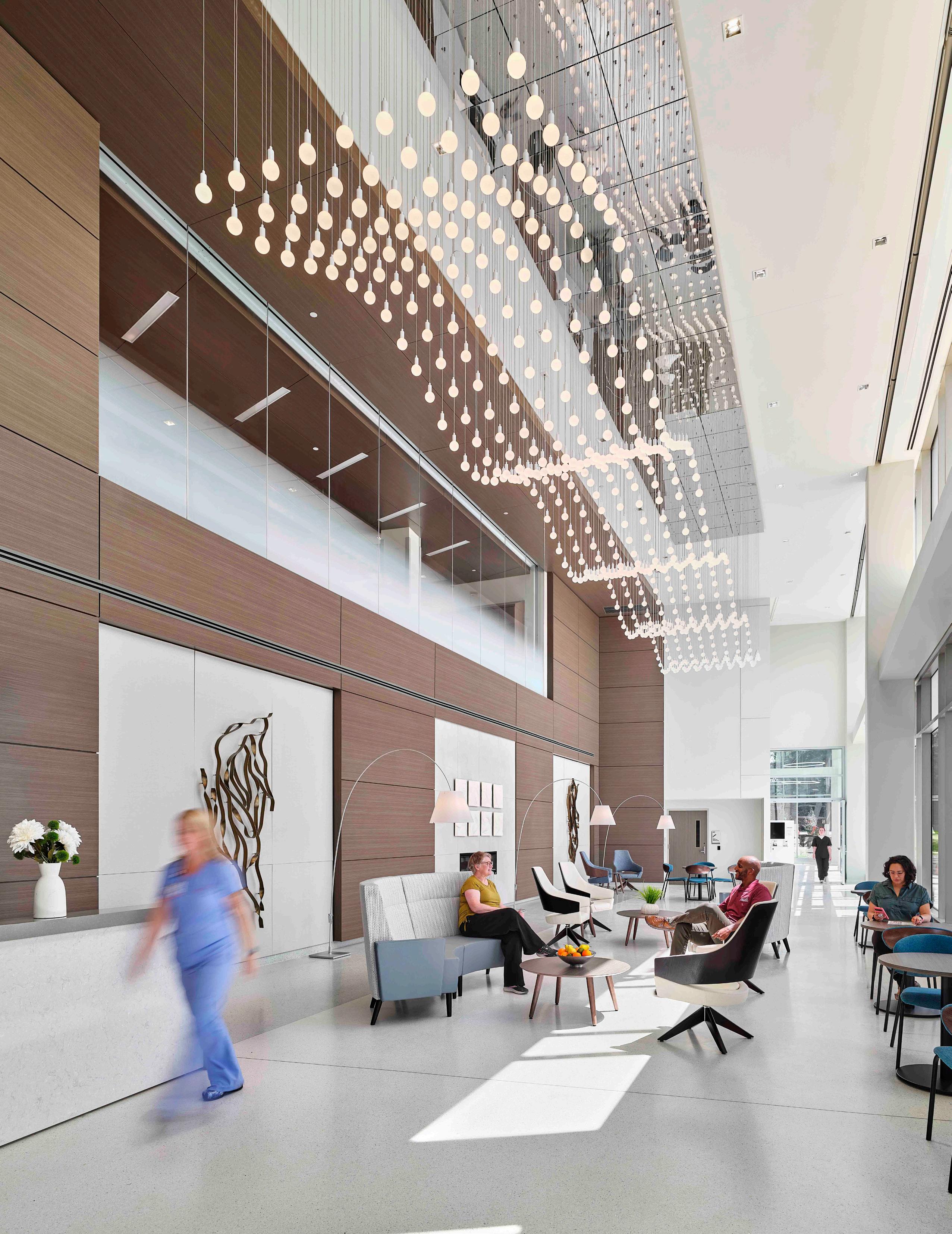

Sustainability means many things to many people within the AEC Community. However, a more singular concept is quite clearly understood and implemented in most other industries, governments, and corporations. That shared concept is the Triple Bottom Line of sustainability. (Source: AIA 2030DDx)
For many corporations, government organizations, educational institutions and non-profits, the Triple Bottom Line of People, Planet and Profit is a well understood framework for defining sustainability. At FCA we have added “Place” as a means to convey the importance of human experience in the spaces and places we create. The firm’s Guiding principles are organized around these four broad themes and our 5th Principle, Process, is focused on how we bring our principles into play on our projects and within the firm operations.
We design spaces for all, through an inclusive process, tailored to each of our client’s cultures.
We create environments that elevate the human experience through a deep “sense of place”, using holistic, empathetic design.
FCA’s Guiding Principles are aligned with sustainability.
The finalization of Guiding Principle Statements is key to the completion of this plan. By ensuring that our guiding principles align with our sustainability goals we can help foster a mindset that creates space for sustainable design.
We are committed to environmental responsibility, through innovative, sustainable strategies.
We live a collaborative journey through imaginative, and inspiring design.
We create value for our clients and communities to thrive and succeed.
The development of Project Management Manual and the Project Delivery Manuals (formerly Cognition) is a parallel effort to the SAP aimed at building higher levels of quality assurance into all projects. The two documents will, at minimum, reference each other, and reference the sustainability action plan.
FCA will be using a variety of sustainable design delivery methods as outlined in the bullets below:
1. Early integration of strategic sustainability thinking on proposals.
2. Increase the number of integrated design charrettes, with our own internal teams, consultants, construction managers, end-users, and with the broader community when possible.
3. The use of a reporting structure to collect, share and interpret the level of sustainability commitment each year.
4. Create a public “dashboard” to share our progress towards meeting our firm wide goals.
For larger projects, FCA is committed to conducting building simulations at each phase of the design process for larger projects. The results of the analysis can be used to discover ways to increase the environmental performance of our projects. Specifically, we will use the following:
» Energy modeling and daylighting with Cove.tool, Sefaira, Pollination and Insight 360.
» Embodied carbon assessment using EPIC, EC3, and Tally.
» Indoor water calculations using industry standard spreadsheets.
» Indoor and outdoor water use calculation with the assistance of our civil engineering partners.
» Use simple calculations or software to project the solar potential of our largest projects.
3D models used for these calculations will be generated from a clean, simple, parallel models. This allows for a much faster and less mistake prone modeling process and is suitable to compare design ideas but not as an absolute predictor of
energy performance. We will always have a disclaimer with any calculations shown to our clients to avoid any liability or unrealistic expectations for energy performance. This will be an opportunity for younger designers in the office to contribute to a project earlier than usual.
More detailed energy models, which occur at the design development phase are typically built by our MEP partners. In the example of the Geisinger project, an energy model was constructed to determine a more exacting estimate of energy performance of the project. As we move further along the path to integrated sustainable design, our engineering partners will develop more robust models to help test and determine design approaches such as the impact of different wall sections in the future.
Sustainability adds complexity, time, dollars, and energy to an already challenging process of designing and building a project. Careful planning and integration can help lessen the impacts by providing early decisions on key topics and targets. The sequence below has been tested once with some success.
Step 1
Build the intellectual platform & educate everyone
Step 2
Pursue collaborative goal setting + early modeling
Step 3
Challenge our consultants to help establish and meet sustainability targets or the project.
Step 4
Finalize sustainability targets with client
Step 5
Provide ongoing coordination + dashboard for the entire team
Step 6
Project closeout + sustainability narrative
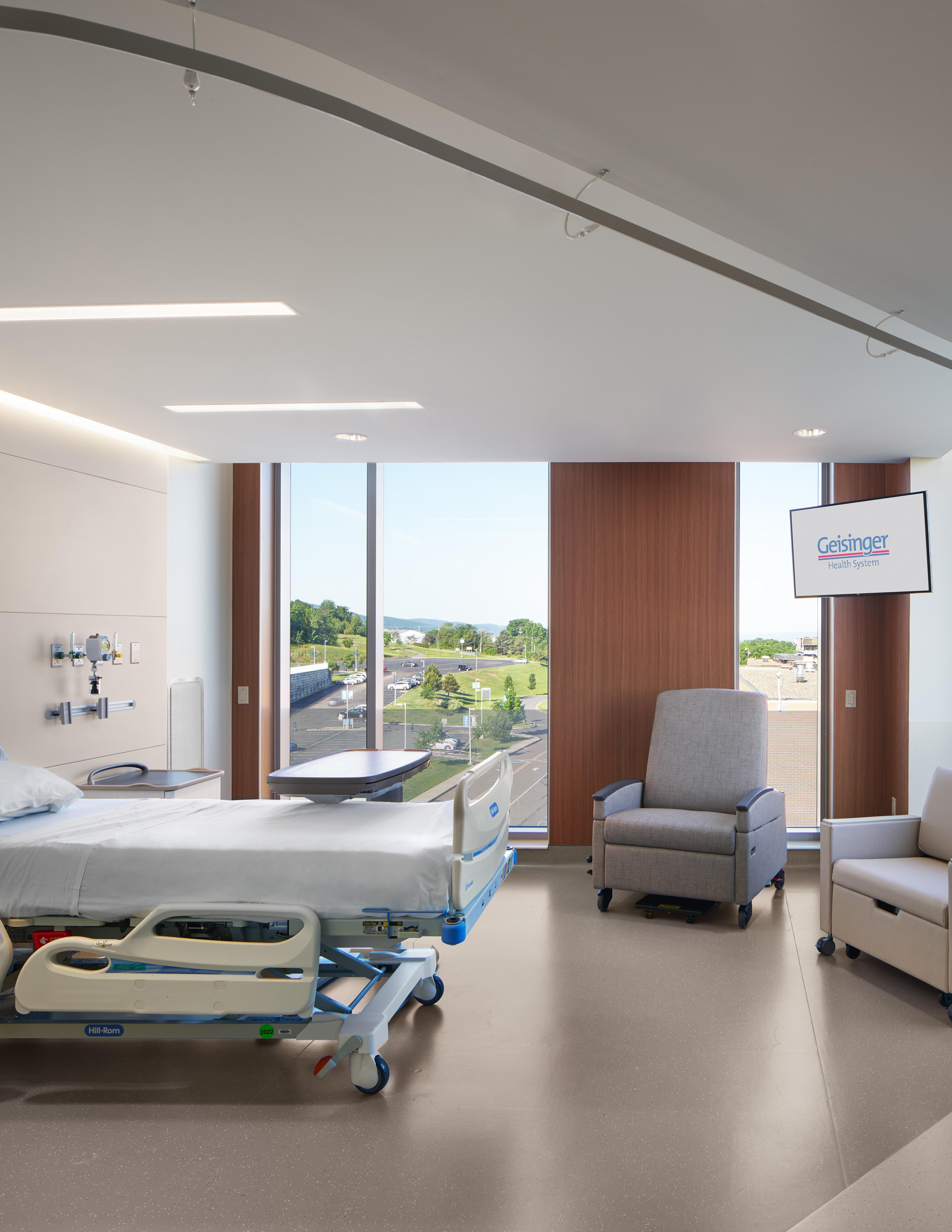

FCA is using the AIA Framework for Design Excellence to organize sustainability goals and targets into ten categories. Note that the word sustainability does not appear in the name of the framework. This is a conscious decision to position sustainability as central to the definition of excellent design. The Framework is designed to shape and inform the design process to chart a course towards less destruction and eventually environmentally friendly design approaches.
Underneath the 10 principles of the Framework, FCA uses SMART Goals to drive innovation within the firm and with our clients and consultants. SMART stands for Strategic, Measurable, Achievable, Realistic and Timely
Every project is different and there are different project types which require different SMART goals. Project teams will use the baselines and metrics in the SAP (See Appendix) for the Achievable level of sustainability and work with our client to define the Aspirational goal levels specific to each project. We will not be relying on LEED or WELL to determine the goals. Instead, we will co-create them with our clients in real time.
The targets are specific objectives that help to measure how well the design team is meeting the goals. FCA’s firm wide targets are organized to start slow and easy, and escalate annually towards more ambitious goals culminating in 2030. It is not realistic to make radical jumps without a parallel culture change initiative. We have to start slow and achieve some easy, early wins to build confidence that
Design for Integration
Design for Equitable Communities
Design for Ecosystems
Design for Water
Design for Economy
Design for Energy
Design for Well-Being
Design for Resources
Design for Change
Design for Discovery www.aia.org/Design-Excellence
the firm can reach the more ambitious goals for 2030.
The targets are organized by the tiers of Health Safety & Wellness, Achievable, and Aspirational. This allows for an easy and less stressful way to work with our clients and to make sustainability more achievable.
Prior to the development of this plan, FCA did not track sustainability data at any phase. When the firm completed a LEED project, metrics were generated but they were never collated into a comprehensive method to track the success of FCA Projects. In this plan, FCA commits to tracking sustainability metrics on all large projects. Tracking will be accomplished by utilizing the internally developed Sustainability Workbook that is based on the AIA 10 Measures of Design Excellence and best practices in the industry.
3 level
2 level
Aspirational
Pursue strategic financial investments in sustainability to provide increased value.
1 level
Achievable
Pursue budget neutral sustainability and resilience goals.
Basic
Health, Safety and Welfare: Meet Codes, Support Compliance and engage in meaningful conversations.

FCA’s Sustainability Governance structure is led by a Sustainability Committee. The Committee includes members from all levels and disciplines within the firm from the Principal Level to the senior managers, to project architects to interns. The Committee works to steer the firm’s sustainability goals and strategies for each year and works to coordinate the integration of sustainability into the firm’s delivery process.
The Director of Sustainability and the Sustainability Coordinator are charged with a range of tasks including: Proposal development, firm standards, advising on projects, providing educational workshops, building energy, daylight and carbon models, public outreach, Maintaining the 2030 DDx and updating the Sustainability Action Plan.
The Sustainability meets Monthly and hosts a “Sustainability Day” Quarterly as a mini retreat to work on more complex and ambitious sustainability initiatives.
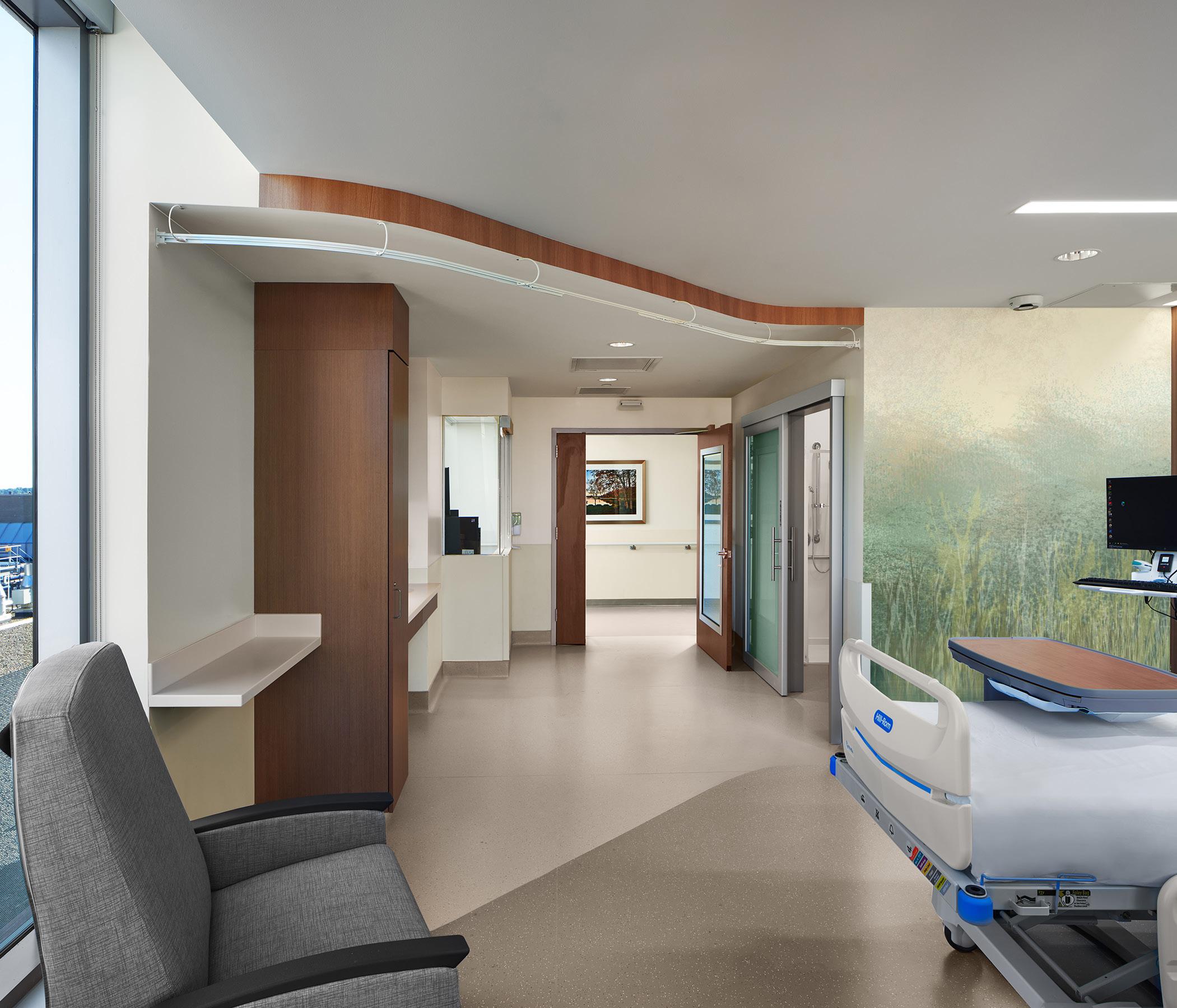


As part of its investment in sustainability, FCA now offers ongoing workshops focused on a range of sustainability topics in-house. This will be a key to the continual change in culture in the firm.
» 2023: Completed a series of foundation workshops on sustainable design.
» 2024: Lunchtime workshops on each of the ten AIA Framework Principles and the FCA SAP.
FCA Principals will focus on sustainability taking advantage of professional education as provided by the AIA, NCARB and other sources. The first course taken by the Principals in 2024 will be:
AIA 2030 Signatories: Secrets to success for medium-sized firms
The Sustainability Director will provide a short onboarding workshop for new employees on the FCA Sustainability Action Plan.
FCA continues to support employees in gaining sustainability certifications. This practice will continue as appropriate.
» Well AP transitioning towards Fitwel.
» LEED Green Associate and AP
» Passive House
» Living Building Challenge Ambassador
For designers and architects pursuing ongoing learning units specific to FCA’s sustainability goals rather than any third-party rating system, a menu of courses, like the one listed for the Principals, will be developed to guide the selection of courses that best align with the FCA SAP. We will track these
completions internally and provide our own certifications to celebrate progress for each employee.
» The sustainability director will provide as much in-house training on software as possible.
» Additional workshops will be set up with vendors to provide more in-depth training.
» Higher level training and workshops will be needed to build specific skills with specific software packages. The industry and the tools are changing quite quickly and will require continual retraining efforts.

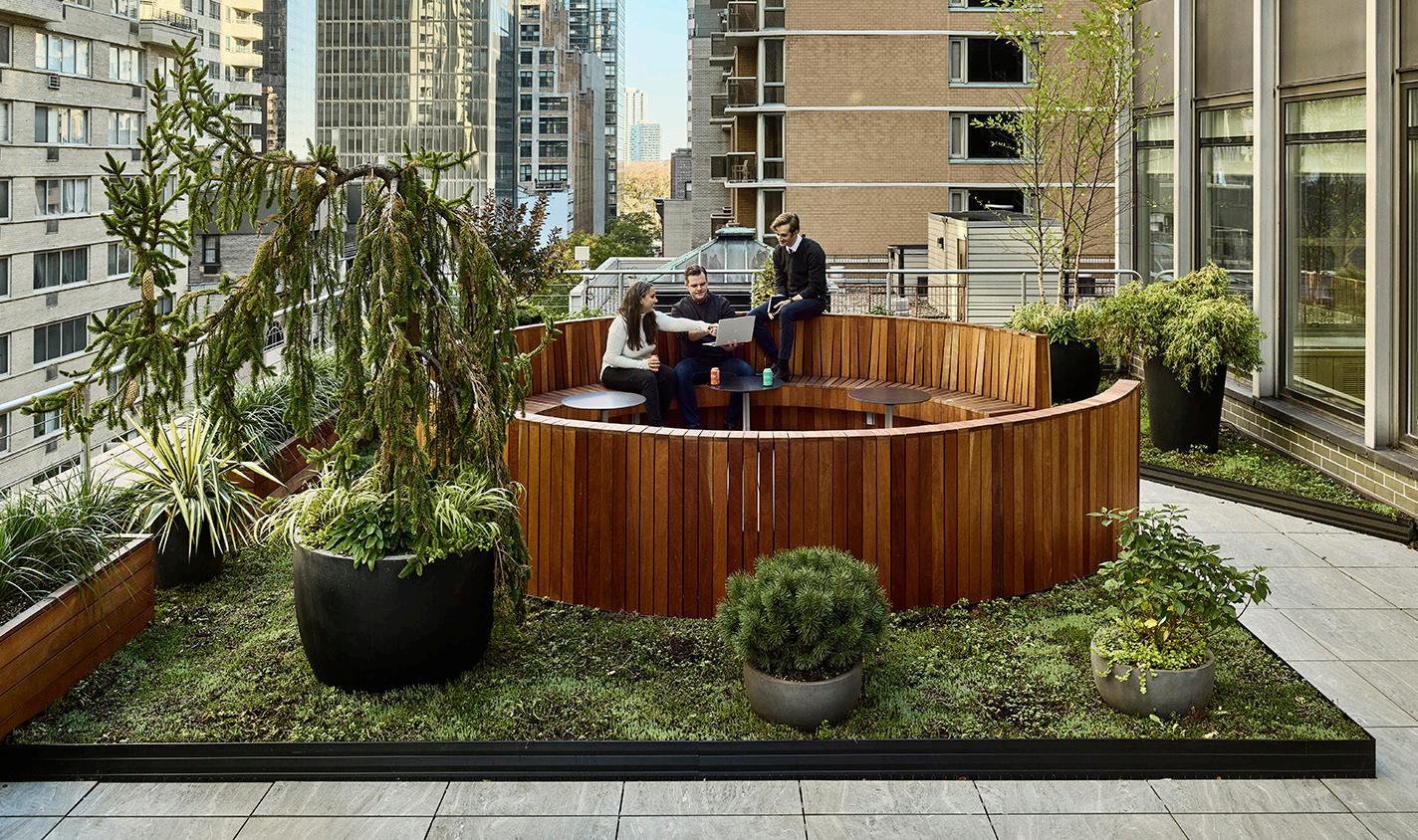
The SAP will be communicated to internal and external audiences via a quarterly updated snapshot that displays the latest progress towards meeting the goals of the plan. The dashboard will be used at monthly All-Staff meetings to reinforce the transparency of the SAP.
An annual sustainability report that includes the SAP will be released in April of each year to coincide with Earth Day. Social media will be a tool to message the

ongoing efforts of FCA for sustainability, with a special posting on the release of the plan itself.
Internal communication to the entire firm will be ongoing. External social media posts will also be posted internally on the SharePoint feeds. Our consultants and other partners will receive email updates that contain the same information as the social media posts or they could be collated into a quarterly newsletter. These approaches will be considered as the outreach plan is further developed.
Our work as board members of IIDA, and AIA and more demonstrates our efforts in the broader community to shape the larger discourse on the professions. Further, FCA is working to create a consortium that includes educational, engineering, and building partners that can work together to provide a clear picture of sustainability efforts and practices in the AEC industry.
FCA actively seeks opportunities to present at conferences, especially ones where clients will be present. As part of
the annual budget the Director of Sustainability will identify conferences we would like to attend and then will work with the Marketing and Communications team to create topics to submit as presentations.
The first sustainability accomplishment at FCA was to assist the marketing team in filling out the AIA Awards spreadsheet which includes a lot of information on sustainability. As we work to weave sustainability into our process, projects will be documented in ways that support awards and speaking submissions for our sustainability efforts.

FCA is seeking to align the Health Sector Pledge, a government program to encourage energy efficiency in hospitals. The goals are ambitions: 50% reduction in energy use versus a 2007 baseline and Net-zero emissions by 2050. Listed below are some strategies that are already in accomplished.
» Work from home policy reduces commuting.
» Reduced our square footage by 50% which correlates to a 50% reduction in energy use.
» Center City location allows for use of public transport and direct access to the city bike lane system, and access to a recreation and walking path within a quarter mile.
» We made a huge effort to recycle or upcycle all the items from the move to a smaller office.
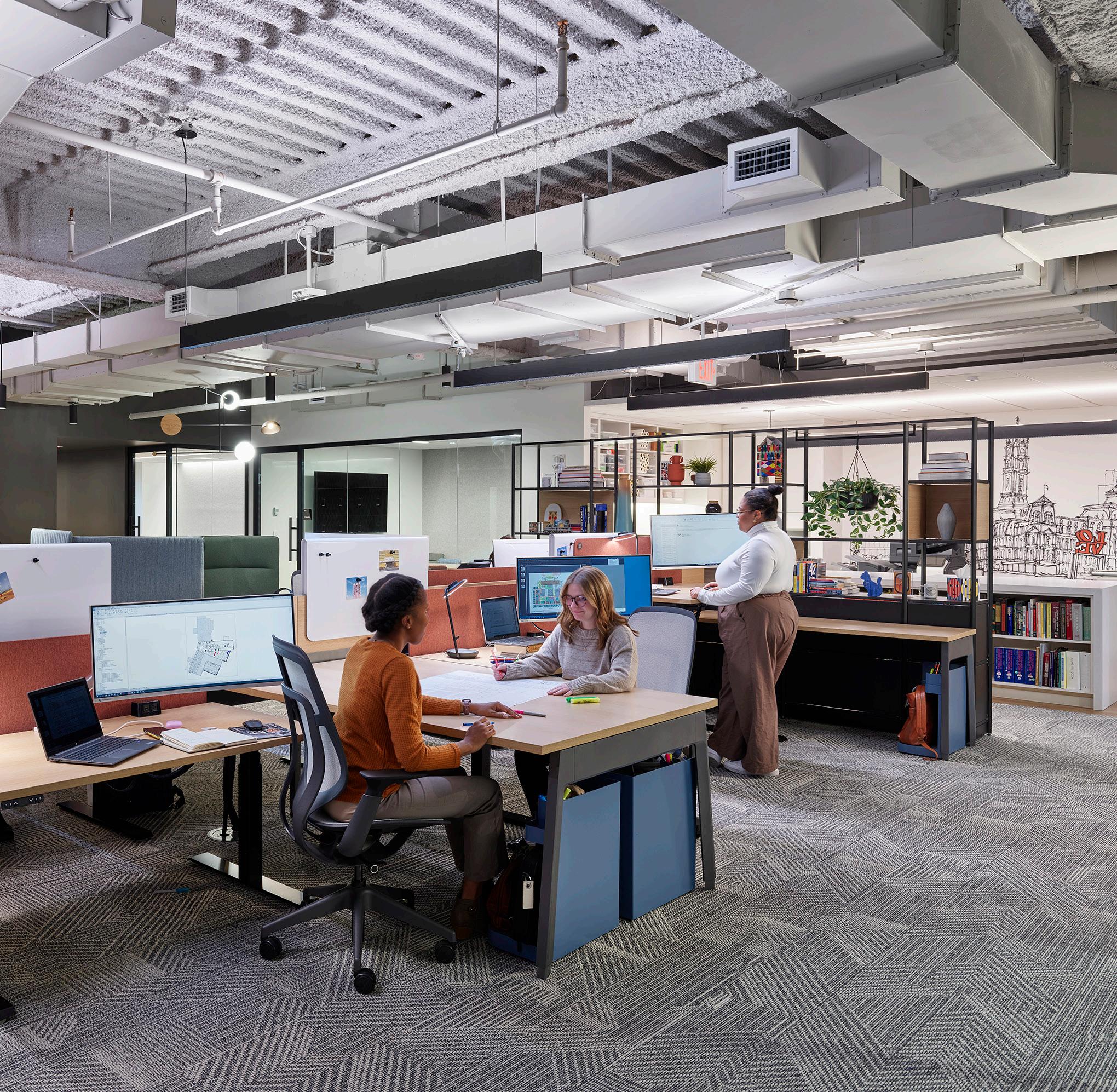
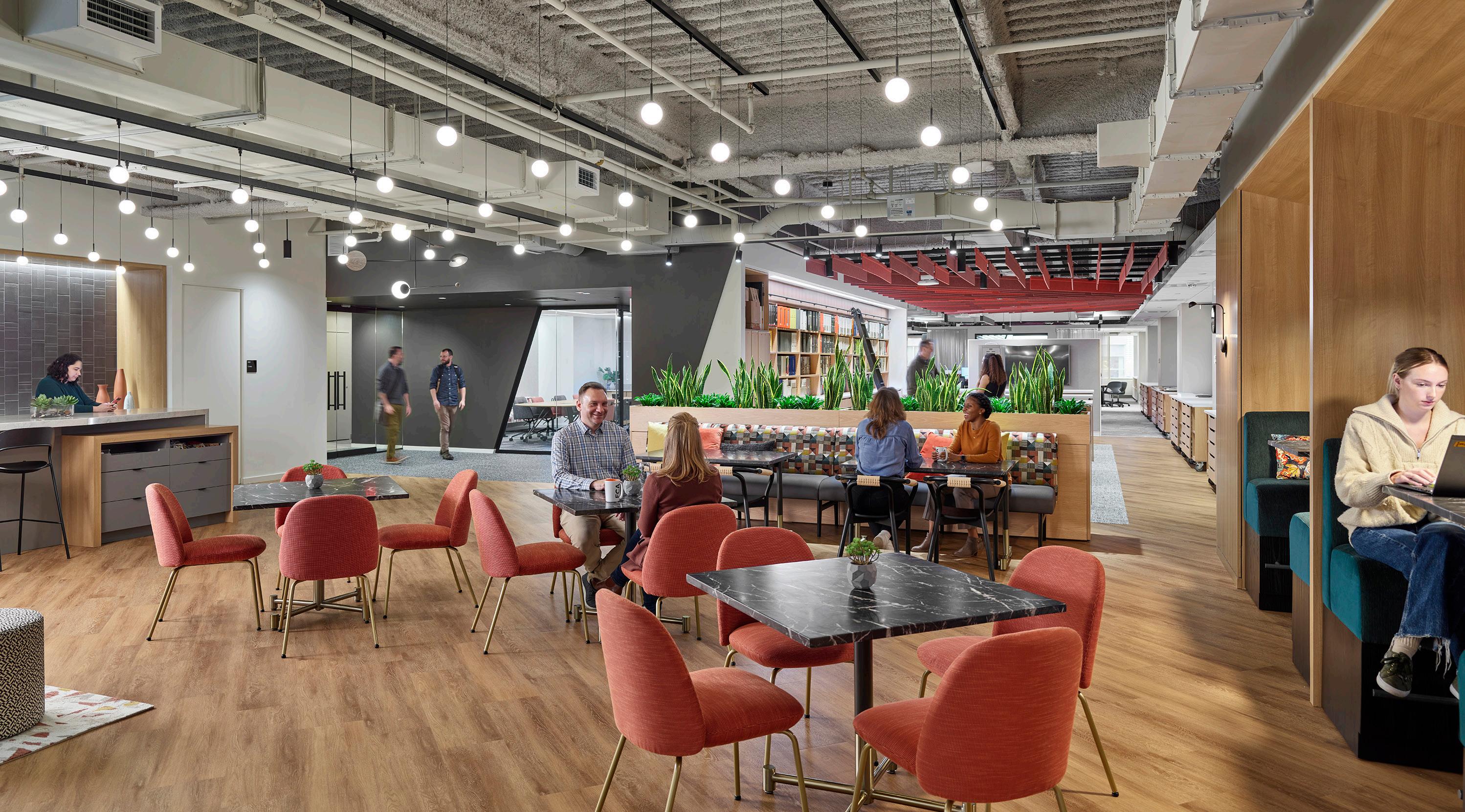


FCA sees Sustainability as an ethical mandate for the AEC industry. The built environment touches everyone, and we have a responsibility as designers to care for the health, safety and welfare of those around us. Being participants in the 2030 Agreement, hiring a Director of Sustainability, and committing to the increased reporting of progress for key climate metrics are the first steps in a larger cultural change at FCA.
We recognize that programs and guidelines such as LEED and WELL have a key
role in providing designers, clients and policy makers with a well researched and tested set of strategies necessary to acheive sustainable projects. We seek to build on the progress of those programs in a way that is a natural more attunded to the day to day realities of mainstream practice, thereby opening the possibility to acheiving sustaunability on every project in the office.. Using the principles set forth by the AIA in their guidelines for Design Excellence, we are establishing a free framework to measure the impact of projects that fall outside of the LEED and WELL sphere. Using this tool, we will bring sustainability into our everyday
conversations at FCA, with our internal teams and external client. , external and client teams.
This action plan is a step in a long-term culture change at FCA. It is a deepening of our commitment to our guiding principles and a roadmap to bringing our best to every project.
